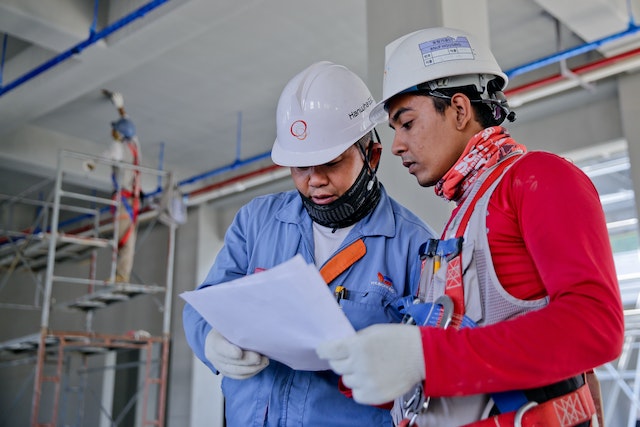What You Need to Know About a Green Building Certification

Today, you’ll learn going to explore an important aspect of eco-friendly buildings: green building certifications. If you’ve ever wondered what a green building certification is and why it matters, you’ve come to the right place. Embracing BREEAM Accreditation for Your Building Projects will have you enjoying perks that many find worthwhile. Whether you’re an architect, builder, or simply someone interested in creating a greener future, understanding these certifications can make all the difference. So, let’s jump right in and discover the details needed dealing with green building certifications.
Types of Green Building Certifications
When it comes to green building certifications, there are several types that property owners and developers can pursue. Each certification has its criteria and requirements, but they all share a common goal: promoting sustainable practices in the construction industry. One popular type of green building certification is LEED (Leadership in Energy and Environmental Design), which the U.S. Green Building Council developed. LEED offers different levels of certification based on the number of points a project earns in areas such as energy efficiency, water conservation, and indoor air quality. Another well-known certification is BREEAM (Building Research Establishment Environmental Assessment Method), which originated in the United Kingdom.
BREEAM assesses various aspects of a building’s performance, including energy usage, materials selection, and waste management. The WELL Building Standard focuses on creating healthy environments for occupants. This certification addresses factors like air quality, lighting design, acoustics, and natural access. Living Building Challenge takes sustainability to another level by requiring buildings to be self-sufficient in energy and water consumption while considering social equity issues. These are just a few examples of today’s many green building certifications. Each offers unique perks depending on your specific goals as an owner or developer.

The Benefits of Having a Green Building Certification
Green building certifications offer numerous benefits to both the environment and building owners. One of the key advantages is that it helps reduce energy consumption and carbon emissions. Buildings can significantly reduce environmental impact by implementing sustainable practices and using energy-efficient technologies. Moreover, green building certifications contribute to healthier indoor environments.
They emphasize using non-toxic materials, proper ventilation systems, and natural lighting, which promote better air quality and occupant comfort. This leads to improved productivity levels among occupants as well. Having a green building certification can also result in cost savings for owners. Energy-efficient measures such as insulation, efficient HVAC systems, and smart technology help reduce utility bills over time. Furthermore, these certifications often attract tax incentives or rebates from local governments or utility providers.
Another advantage is that green buildings have higher market value than conventional ones. With increasing awareness about sustainability among buyers and tenants, having a certified green building can be a unique selling point that attracts potential investors or lessees. Lastly, obtaining a green building certification demonstrates corporate social responsibility (CSR). It showcases an organization’s commitment to sustainable practices and environmental stewardship, improving its reputation within the community.
Conclusion
Pursuing a green building certification is worth considering if you are dealing with a new building task or renovating an existing one. It will demonstrate your commitment towards sustainability and bring tangible financial benefits in the long run while contributing to the greater goal of creating greener communities worldwide.…

